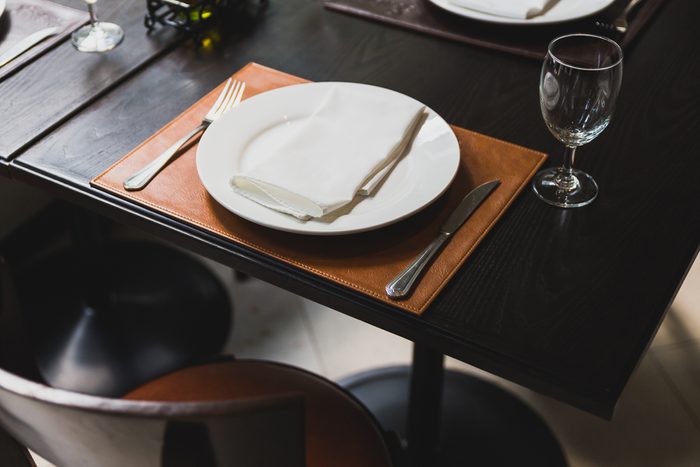
Etiquette for etiquette’s sake alone
According to etiquette expert Peggy Post, times change, but manners, which she defines as a “sensitive awareness of the feelings of others,” remain constant. “If you have that awareness, you have good manners, no matter which fork you use.” The rules of etiquette are there to help smooth social interactions, but they aren’t intended to take the place of “manners.” That’s why etiquette rules that cease serving smooth social interactions eventually cease to exist. These etiquette rules should be taught in school, but aren’t.
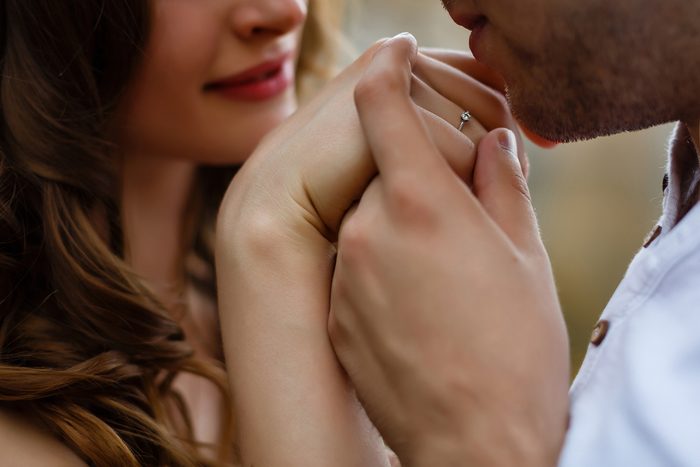
A man must stand to greet a woman
It wasn’t all that long ago that it was proper etiquette for a man to stand when greeting a woman entering the room. But nowadays, standing up is proper etiquette whenever anyone greets anyone. The body language of standing sends a signal to the person you’re greeting that you’re eager to greet that person, etiquette expert, Maralee McKee explains. Consider it “rising to the occasion,” whatever your gender. Once you sit back down, don’t forget these other important table etiquette rules.
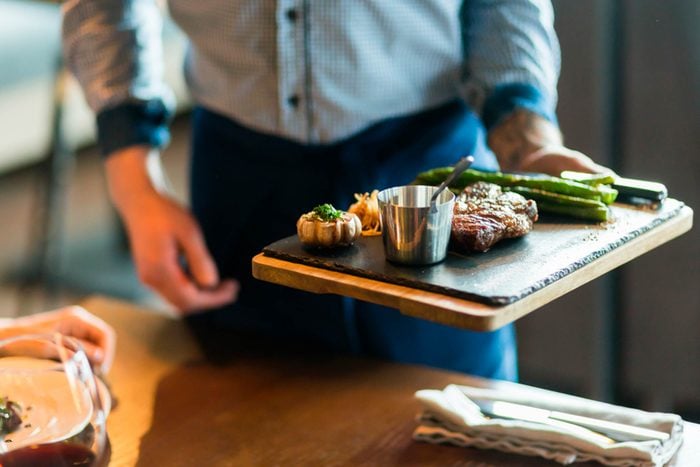
Ladies are served first
Traditional etiquette holds that at a seated meal, women are served first, going clockwise around the table. The men are then served, also going clockwise. But as you may or may not have noticed, the restaurant industry is quietly redefining the etiquette surrounding who gets served first to a more gender-neutral and overall efficient model, reports Eater, and that will likely affect the order of service in private homes as well as in restaurants.

Don’t shake a woman’s hand unless she offers
It used to be that “a man has no right to take a lady’s hand until it is offered,” as was noted in one Victorian-age guide to etiquette. And it wasn’t all that long ago that people still followed this rule. In fact as recently as 2000, in GQ’s guide to handshake etiquette, the rule is clearly stated: “What’s proper is for the woman to offer her hand first.” This is no longer the case. “Today, a man does not need to wait for a woman to offer her hand before he extends his. Whether you are a man or a woman, always remember to shake hands,” advises Emily Post. It’s a simple gesture that can make a big impact, just like these little party etiquette rules that will definitely get you invited back.

Wedding gifts should be based on the host’s price per head
At one time, many people were under the impression that wedding gifts should match the host’s cost per plate at the reception. If this was ever actually proper (which wedding planning site, The Knot, calls into question), it no longer applies. As The Knot points out, using the cost per plate as a guide requires guests to ask nosy questions of the host. A current and more sensible rule of thumb is: give a gift in the price range that makes sense for your budget as gift-giver.

You have a year to send a wedding gift
It used to be that the rules of etiquette permitted you to wait a full year after attending a wedding to send a wedding gift to the “newlyweds.” And why that was isn’t even clear to etiquette experts, like Thomas Farley who wondered aloud on the Today Show whether the idea was to wait to see if the couple made it through the first year of marriage. Nowadays, it’s proper to send a wedding gift within a month (or sooner!) after the wedding. On the other hand, these are the wedding rules you simply cannot break—ever.
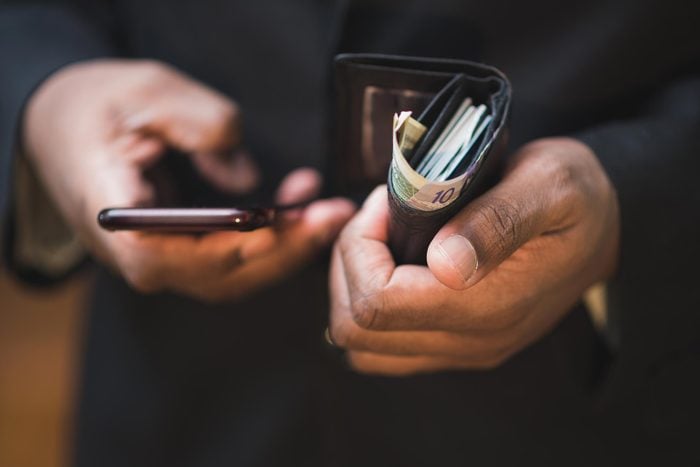
The man pays for the meal
Gone are the days of men being obligated to pay for the meals of the women with whom they dine. Going “Dutch” is entirely appropriate, particularly when two equals mutually make a plan. Otherwise, the rule is that whoever does the inviting pays for the meal, according to the Emily Post Institute.
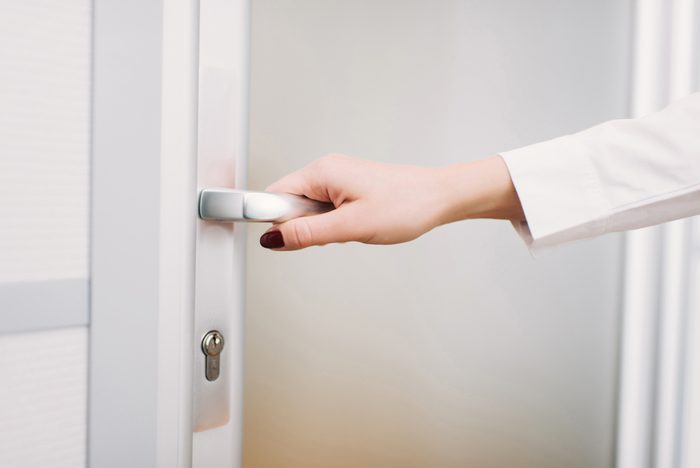
A man must hold the door for a woman
It’s not that chivalry is dead, explains McKee. It’s that nowadays chivalry, like everything else, has moved into a gender-neutral territory. And so now it is no longer customary for a woman to move aside so that a man can open the door, especially if he’s a stranger. Rather, the first person at the door should open it and then hold it open for the next person. And when you do hold the door, be sure to stand in a way that allows for maximum room for others to pass.

No elbows on the table
The “no-elbows-on-the-table” rule made a lot of sense in the days when tables were makeshift trestles covered with cloth because a misplaced elbow might mean the collapse of the table. But those days are long gone. In fact, these days, leaning in toward someone who is speaking, which might including resting on one’s elbow, is a sign of interest and attention. So, you can stop following the “no-elbows” rule… except when you have a plate of food in front of you, according to McKee. Because that’s just inviting a mess. What haven’t changed, however, are these 13 dining etiquette rules for eating in a restaurant.
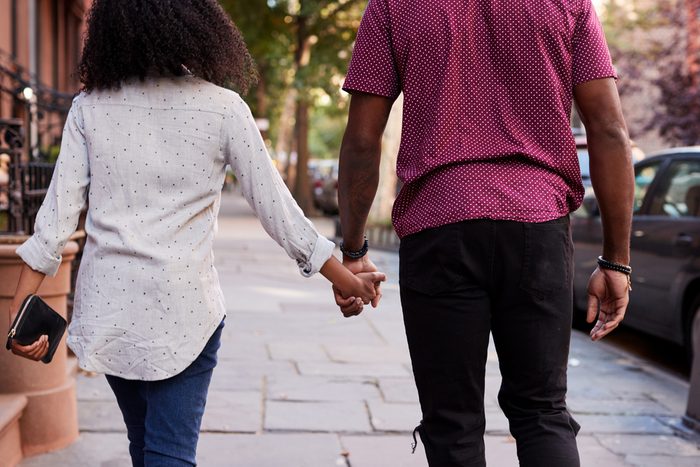
The man should walk on the left side of a woman
The fact that this etiquette rule even requires a mention in today’s world is astonishing when you consider it stems from the Middle Ages, when knights wore their swords on the left side of their bodies, making it uncomfortable and potentially unsafe for a “lady” to walk beside him on the left. It’s no longer the rule. In fact, there really is no rule about the “sides” that men and women should walk on vis a vis one another. That said, perhaps it wouldn’t be so bad if these 46 Victorian age etiquette rules were revived.

“Dear sir or madam”
It seems a common theme among all these etiquette rules that are no longer followed is that they make presumptions about gender that can no longer be made. Here is another one. At one time, “Dear sir,” was the default greeting when corresponding with a stranger. Nowadays, it’s almost nonsensical, and adding “or madam” doesn’t help (considering the many possible ways in which people identify). If you don’t have or can’t find a name, use the title of the position (eg. human resource manager) or “To Whom It May Concern,” Grammarly suggests.

Adults addressing other adults as Mr. or Ms.
“We no longer need to call other adults who are approximately our same age by Mr. or Ms. and their last name until they ask us to call them by their first name,” McKee assures anyone who is still in doubt. “Unless it’s your corporate culture to do otherwise, as an adult you’re safe to call someone you’ve just met by their first name.” But please note that this advice is specific to the United States. It may not apply in other countries—unlike these 12 behaviors that are deemed as rude in other countries.

Offering toasts requires drinking alcohol
No. Just no. The silly etiquette rule requiring those not drinking alcohol to refrain from raising their glasses in a toast came entirely from superstition, dating back to the Ancient Greeks (involving a river of water symbolizing death). Etiquette experts such as Letitia Baldridge disagree with any such rule, advising, “If you are avoiding alcohol for any reason at all, feel free to hoist your glass of soda, water, or juice. You can also hold it to your lips without sipping, or raise your hand as though holding a glass.” Now that you know which etiquette rules are completely outdated, brush up on these etiquette rules you should know.
